Forecast Informed Reservoir Operations
FIRO is a reservoir-operations strategy that better informs decisions to retain or release water by integrating additional flexibility in operation policies and rules with enhanced monitoring and improved weather and water forecasts (American Meteorological Society; 2020).
FIRO is being developed and tested as a collaborative effort in the Russian River Basin (Lake Mendocino), the Santa Ana River Basin (Prado Dam), and the Yuba-Feather River Basins that engages experts and stakeholders in civil engineering, hydrology, meteorology, biology, economics and climate from several federal, state and local, universities and others. There is significant interest and support for developing FIRO at other appropriate locations in the Western U.S. and elsewhere.
 |
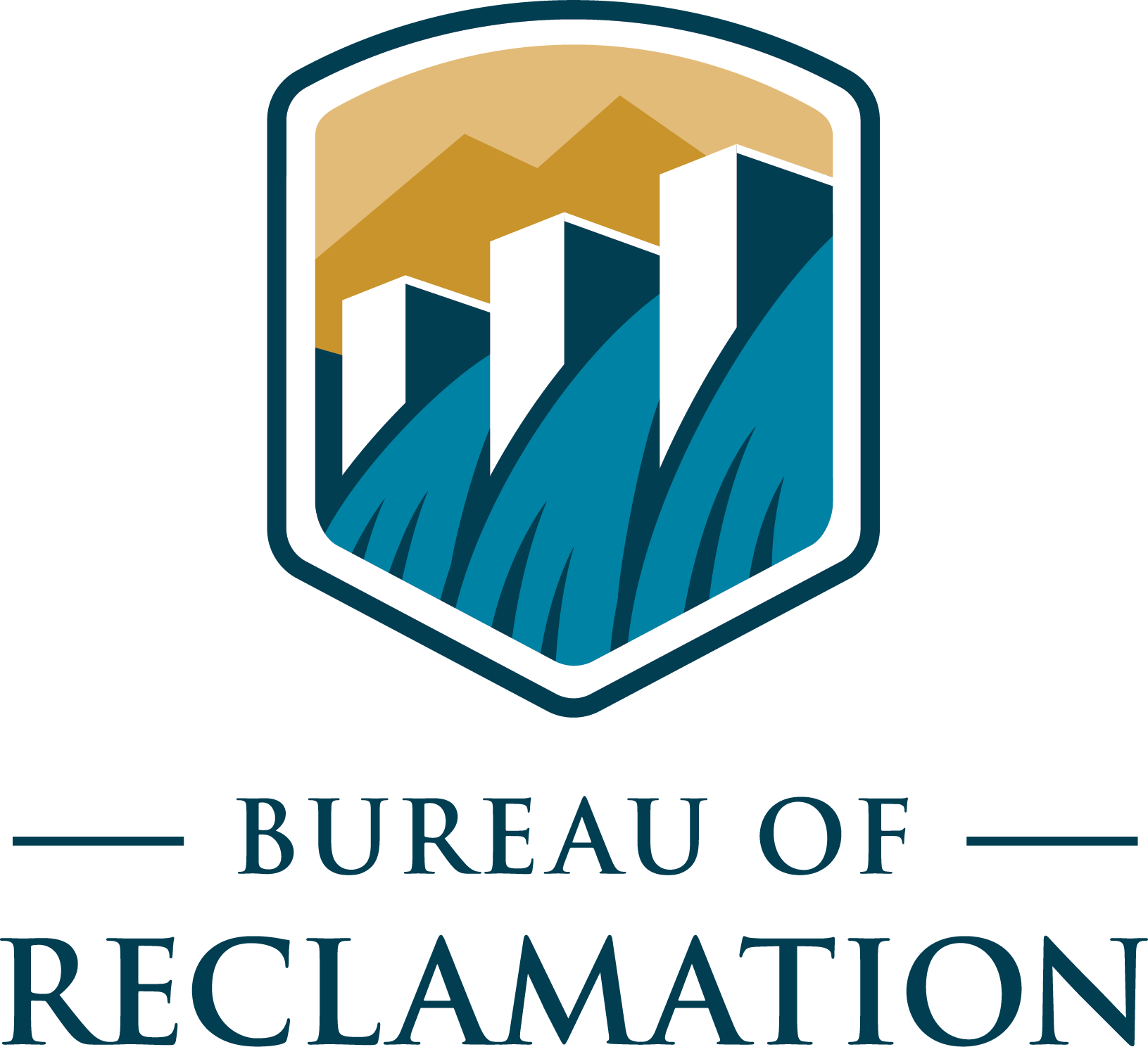



| |
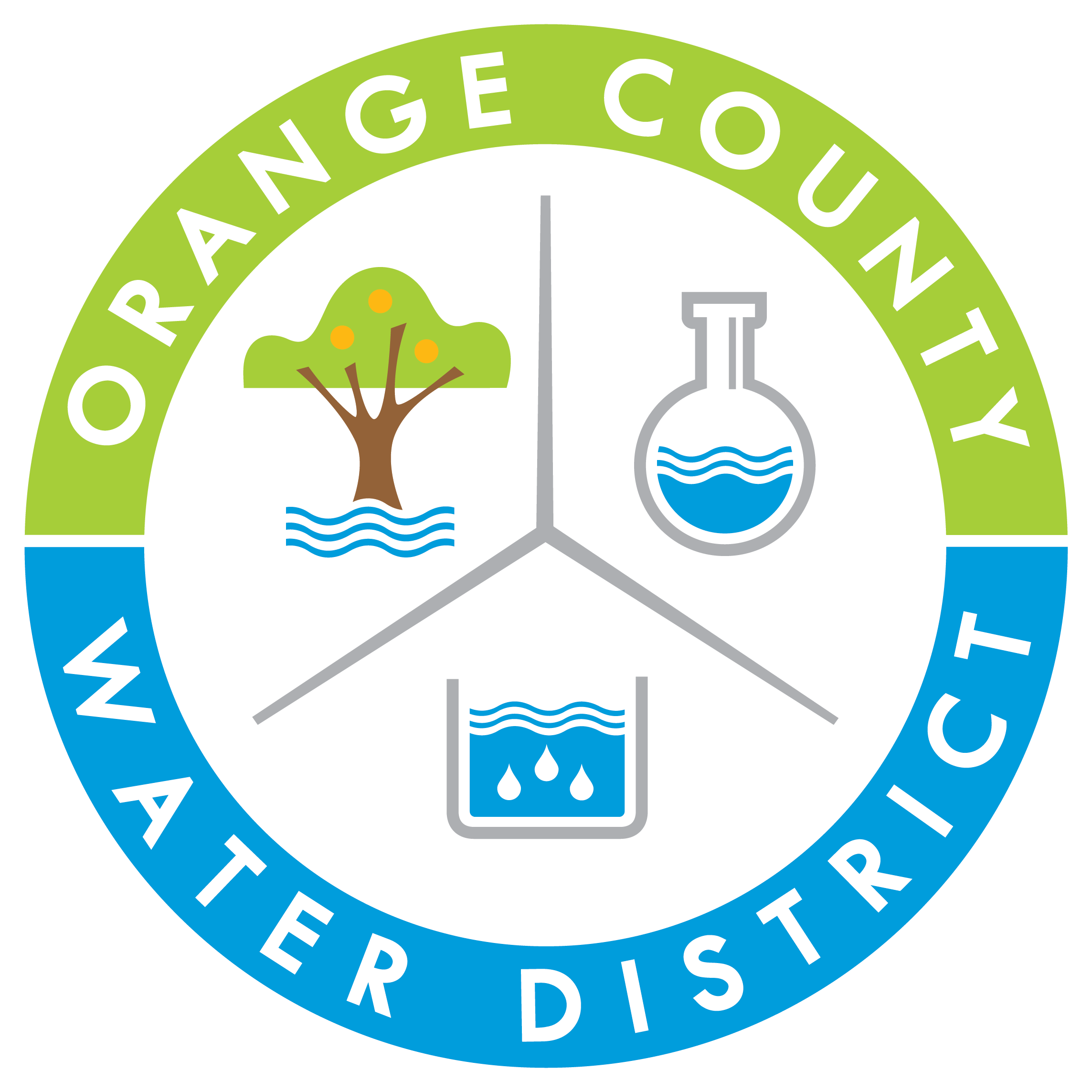 |

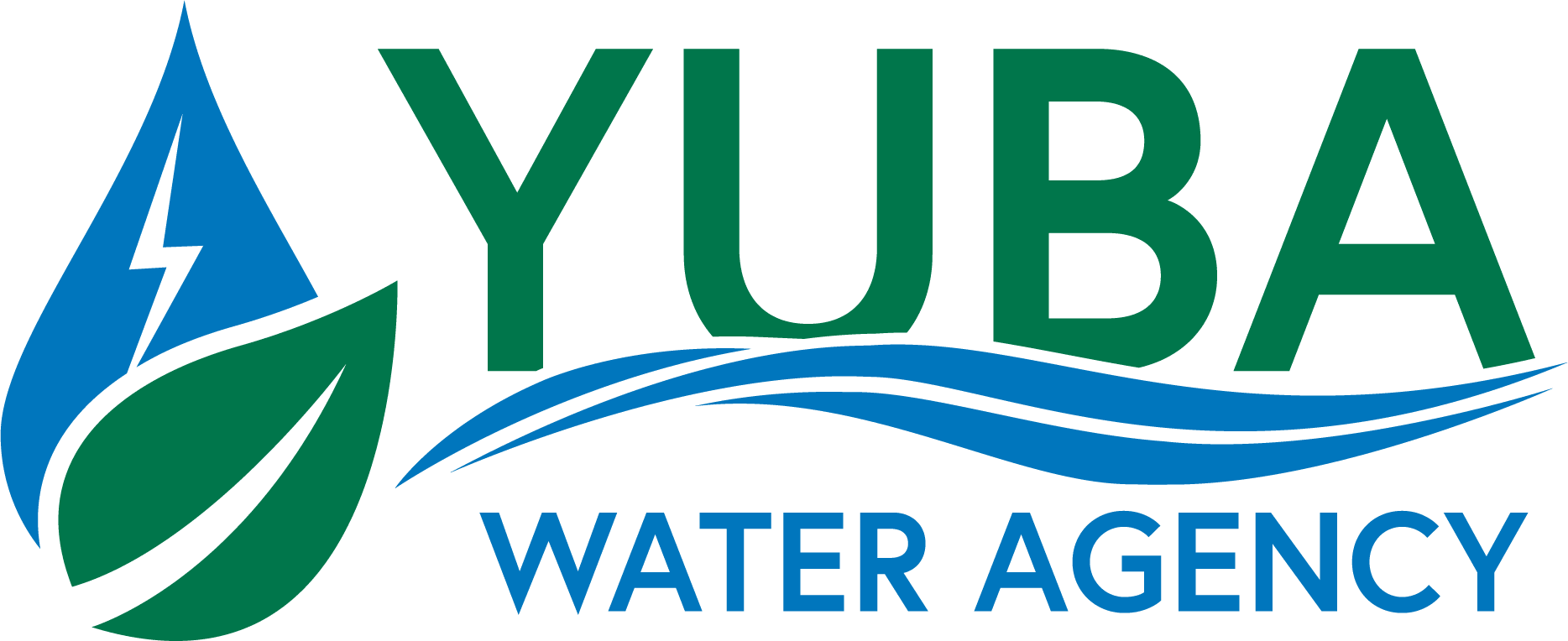

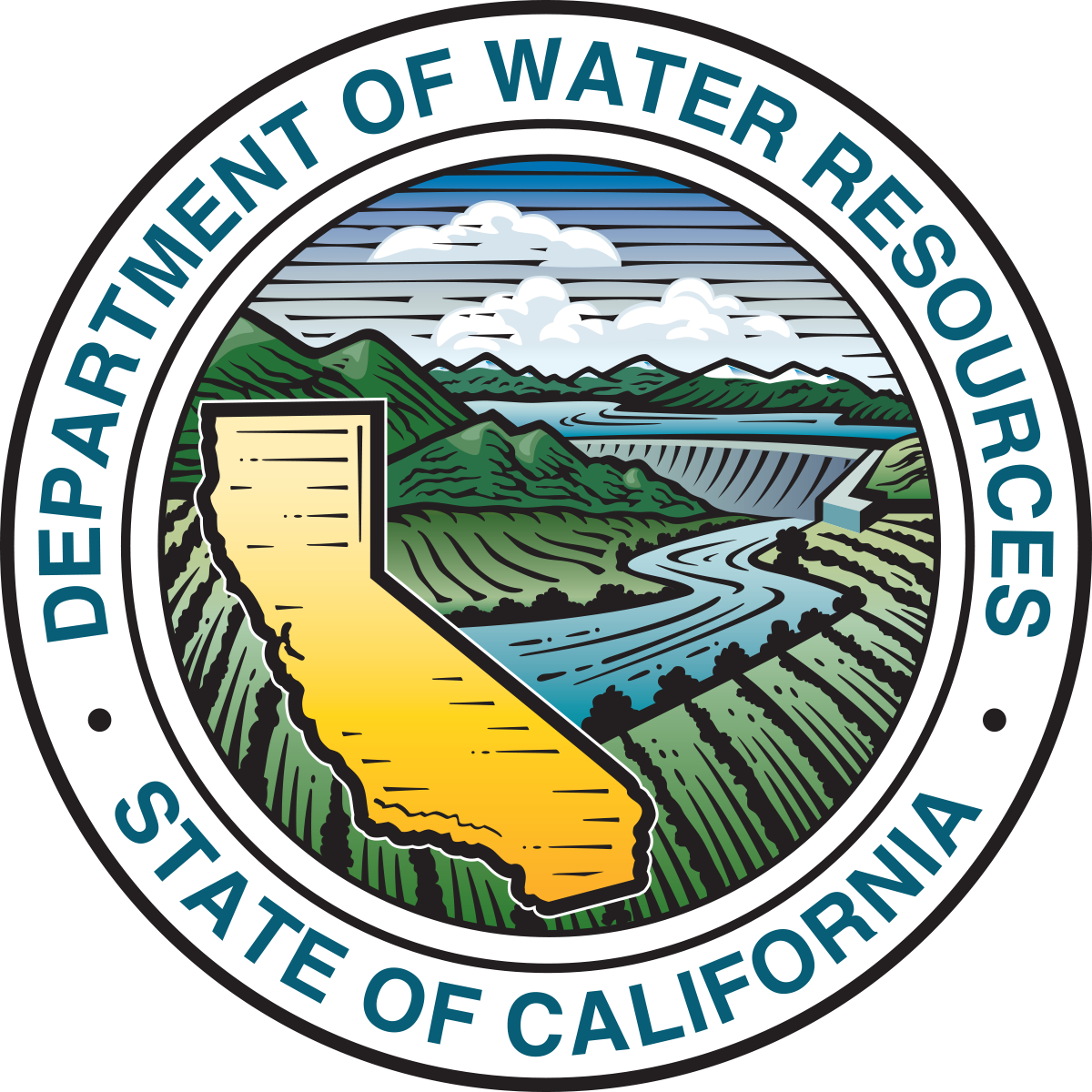
| |
 |
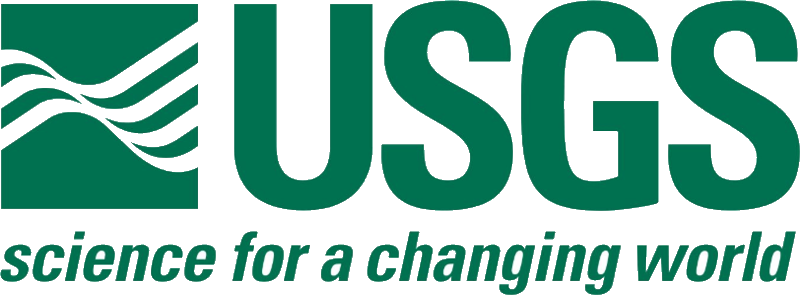



| |
|
Steering Committee Co-Chairs Jay Jasperse (Sonoma Water) F. Martin Ralph (Center for Western Weather and Water Extremes at Scripps Institution of Oceanography) Members Michael Anderson (California State Climate Office, Department of Water Resources) Levi Brekke (Bureau of Reclamation) Michael Dettinger (United States Geologic Survey) Nick Malasavage (US Army Corps of Engineers) Alan Haynes (Caifornia Nevada River Forecast Center, NWS) Joseph Forbis (US Army Corps of Engineers) Natalie Manning (NOAA Restoration Center) Cary Talbot (US Army Corps of Engineers) Robert Webb (NOAA’s Earth System Research Laboratory) Support Staff Arleen O’Donnell (Eastern Research Group) Ann Dubay (Sonoma Water) David Ford (David Ford Consulting) Rob Hartman (RKH Consulting Services) |
Preliminary Viability Assessment for Lake Mendocino Is FIRO a viable solution? Forecast Informed Reservoir Operations (FIRO), is being assessed for its viability to optimize water management and improve resilience of Lake Mendocino. The Steering Committee lead a comprehensive study to determine if FIRO is a viable option. The Preliminary Viability Assessment (PVA), released in August 2017, finds that FIRO is a viable approach to improving management of Lake Mendocino in anticipation of upcoming conditions. Specifically, the PVA (available at top of page) finds that:

What are the next steps after the PVA? Based on the results of the PVA, the Steering Committee is developing a FIRO Final Viability Assessment. The Final Viability Assessment will consider and recommend FIRO strategies that could be implemented in the near-term using current technology and scientific understanding, and identify and develop new science and technologies that can ensure FIRO implementation is safe and successful in the long term. The Steering Committee is developing a plan for using FIRO to support requests to the U.S. Army Corps of Engineers (Corps) for deviations to the Water Control Manual over the next few years. Deviation requests will be designed to explore the viability of implementing FIRO strategies using current forecast skill and technology with the appropriate limitations that meet Corps conditions for deviations. Finally, additional research will be conducted by the contributing agencies and centers, including CW3E, SCWA, and Corps ERDC. The results of these studies will be included in the Final Viability Assessment to answer key questions identified in the PVA. Transferability of this project to other reservoirs and to flood reduction potential of FIRO will also be assessed. Forecast Informed Reservoir Operations Steering Committee (2017). Preliminary viability assessment of Lake Mendocino. Available from: http://escholarship.org/uc/item/66m803p2 |
